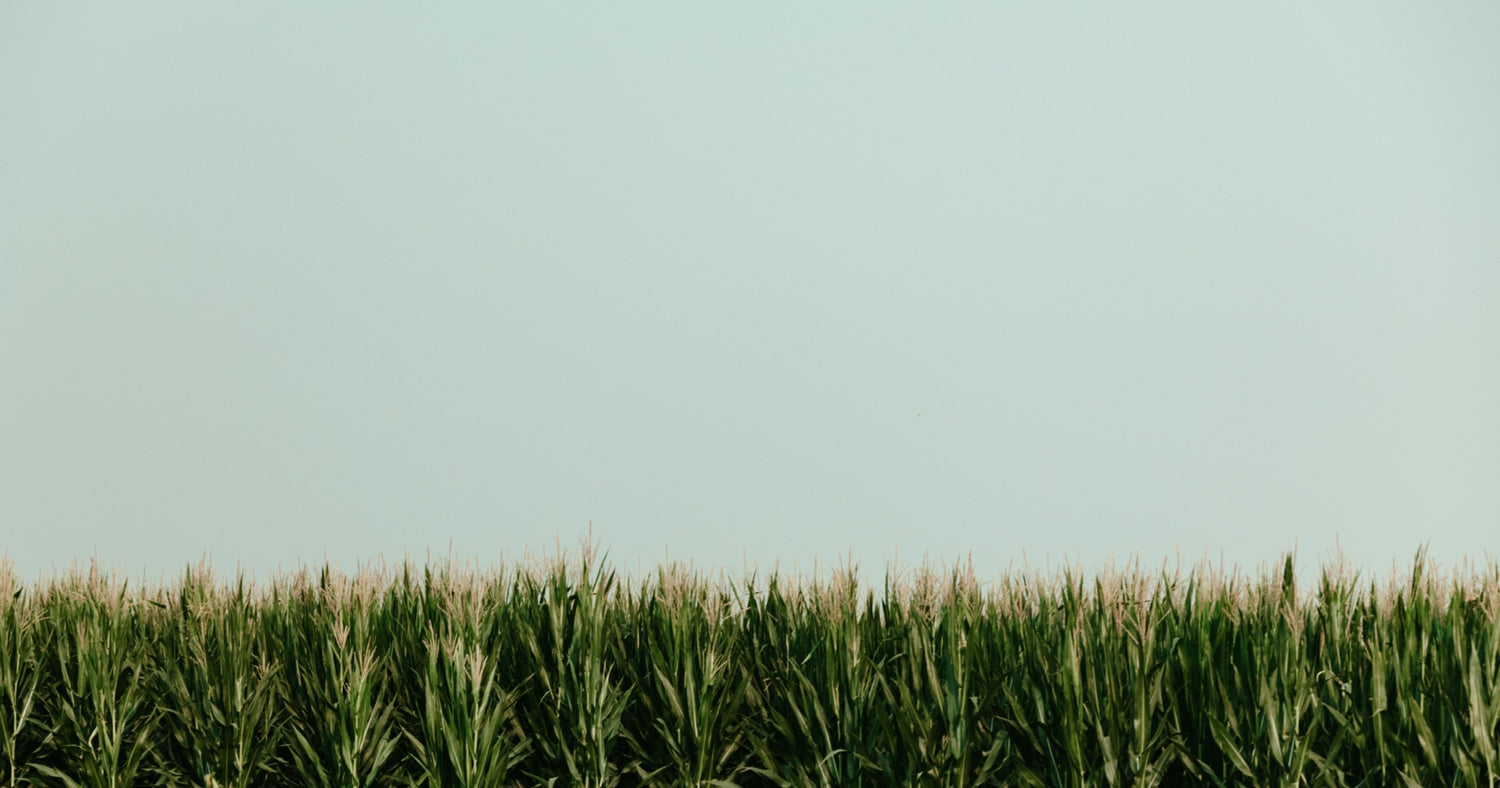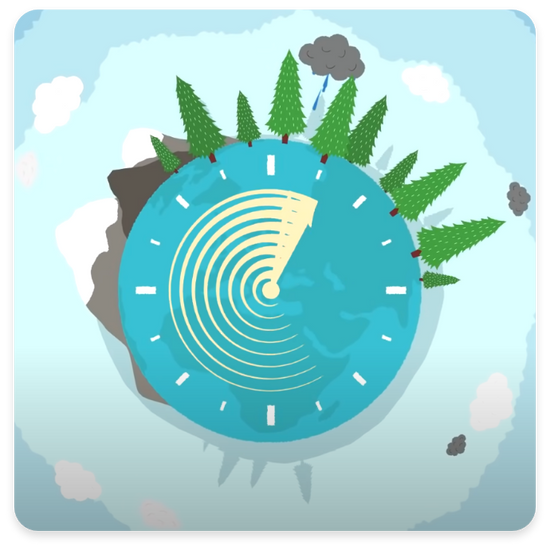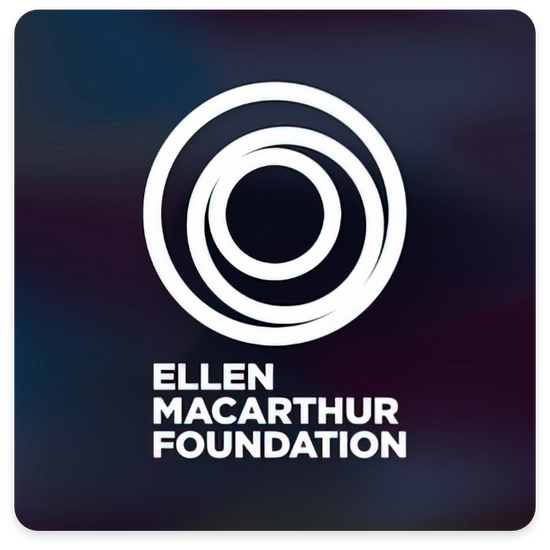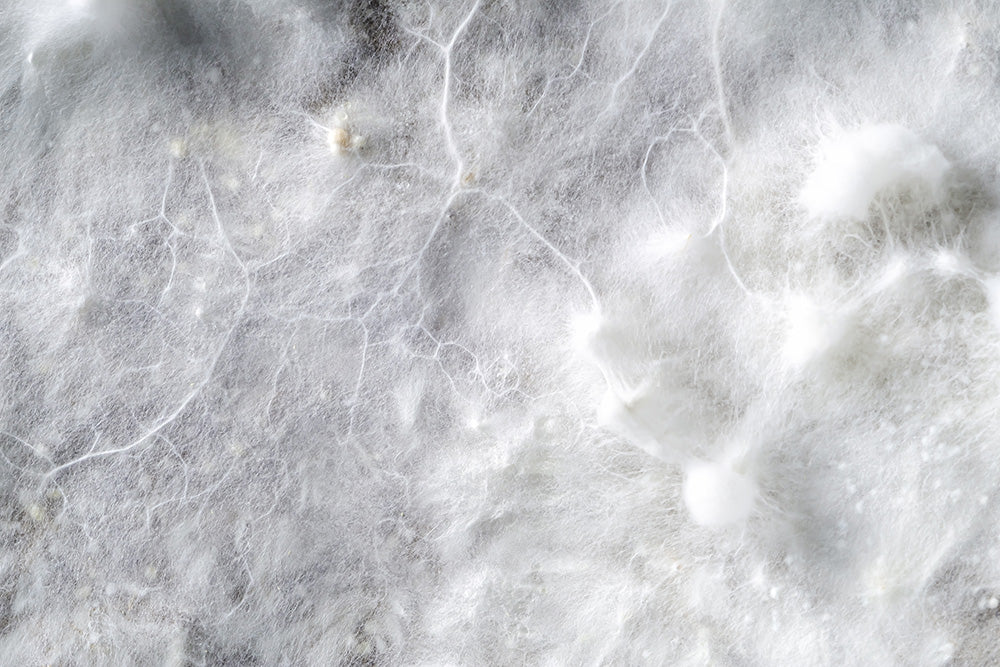What is the Circular Economy?
When was the last time you fixed a piece of broken furniture, spent the money to repair an appliance that was on the way out, or stitched up a rip in your favorite shirt?
I bet it was a while ago.
As humans, we live in a linear economy.
We make stuff, use it up, throw it away, and buy new stuff.
The bad news is that we are running out of stuff to use, and hurting some of the most beautiful parts of our planet trying to find more.
What if everything we made was designed to be recycled into its own replacement?
Your fancy smartphone finally dies, you send it back, then its parts are recycled and made into the newest version before being sent back to you.
Or at least that's how it would work in a Circular Economy.
But don't take our word for it.
Learn more for yourself, and start your own Circular Economy at home!
What is Mycelium?
Mycelium is the vegetative part of a fungus or fungal colony. Composed of tiny white thread-like hyphae, masses of mycelium are in decomposing organic matter and appear as white patches in soil, on rotting wood, and in decaying organic matter. One cubic inch of soil may contain more than 8 miles of mycelium cells.
The mycelium network creates a mycelial mat. The largest organism in the world is a 2,000-year-old 2,200-acre mycelial mat in Oregon. All ecosystems and agriculture around the world are dependent on mycelium to support healthy vegetation.
Many fungi depend on plants for their nutrients: sugars, vitamins, and minerals.

Three Types of Fungi
Mycorrhizae fungi exchange nutrients from living plants in a symbiotic relationship. The fungus attaches to the plant's roots and gives the plant access to nutrients in organic matter. In return, the plant, through photosynthesis, turns the sun's energy into sugars that feed the fungus.
Saprophytic fungi absorb nutrients from dead organic matter and turn it into rich fertile soil.
Parasitic fungi survive by taking nutrients from living organisms and can damage plants and trees. However, as they kill off older growth, they make way for new growth.
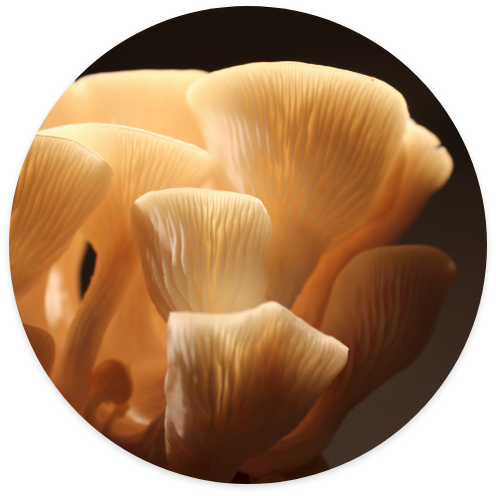
Mushrooms Grow from Mycelium
The life cycle of our mushrooms begins when an adult mushroom sporulates, releasing spores into the air. When a spore lands and the right conditions are present (moisture, organic material), it germinates and starts to produce mycelium. The spore creates a primordium, a tiny nodule on or within the mycelium, and begins to grow into an egg-like shape, the mushroom. As the fruit grows larger, it eventually ruptures to form the mushroom cap.
In the fully developed mushroom, new spores are created within the gills of the mushroom cap, they are released, and the process begins anew.
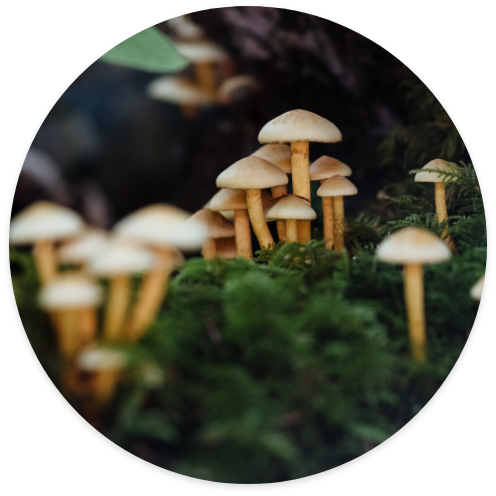
Decay & Regrowth in a Forest
Doctoral research by Suzanne Simard many years ago yielded surprising information about the function of below-ground fungi in forests. All trees form a symbiotic relationship with mycorrhizae and mycelium in the soil. The mycelium picks up nutrients and water, especially phosphorous and nitrogen, and delivers them to plants and trees through their root systems. In return, the plants and trees exchange those for sugar and other substances made through photosynthesis, thereby feeding the mycelium. Older trees, which have more highly developed root systems and a, therefore, stronger connection with the mycelial mat, transmit nutrients through the mycelium to younger trees with root systems that are less well established, thereby ensuring the long-term health of the forest.
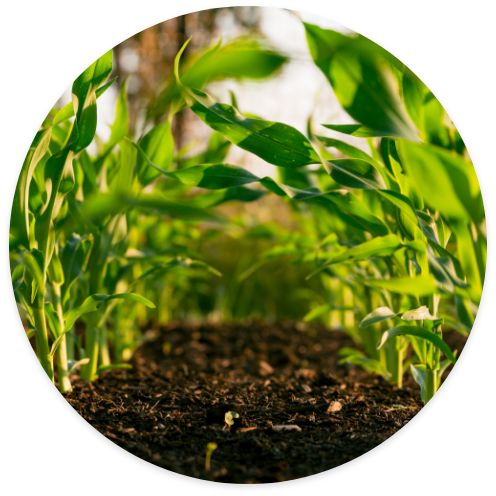
Benefits to Agriculture
Fungi Perfecti’s MycoGrow® product, available to farmers and forestry managers, promotes faster growth, speedier transplant recovery, and reduced need for fertilizers and other additives. Much more than a simple fertilizer, mycorrhizae fungi (one category of mycelium) can provide significant benefits to a garden, field, or forest: increased water efficiency, reduced erosion, improved root growth, enhanced soil nutrition, protection against pathogens, increase nutrients, and beneficial bacterial growth.
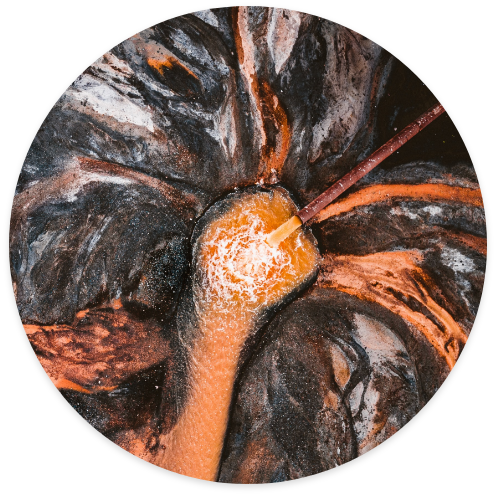
Toxic Waste Remediation
Mycelium shows promise in the treatment of toxic waste. Mycelium absorbs oil, for example, producing enzymes that break down the hydrocarbons into fungal sugars that become food for mushrooms, plants, trees, and other vegetation.
In research experiments, mycelium mixed into sacks of debris placed in waterways has significantly reduced the level of coliform bacteria like E. coli and chemical toxins in the water.
Mycelium has also demonstrated an ability to remove industrial toxins, including pesticides, chlorine, dioxin, and PCBs, from contaminated soil.

Clean Water Through Biofiltration
Mycofiltration, the use of woody substrates infused with mycelial fungi, is a promising new technology for enhancing stormwater biofiltration, graywater, and agricultural runoff. Recent trials have documented that Escherichia coli can be selectively removed from contaminated water more effectively by mycofiltration than by wood mulch alone, even in harsh environmental conditions and temperature extremes. The potential of mycofiltration has implications for providing healthy drinking water in areas of the world where this is currently a challenge.
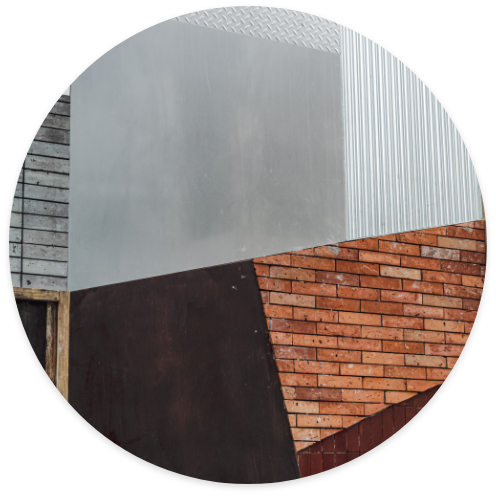
Organic Manufacturing
Companies such as MycoWorks produce sustainable products from fungi. MycoWorks’ technology uses mycelium to create alternatives to leather, plastic foams, furniture, and building materials. Their products are sustainable, versatile, animal-free, and cost-competitive. The leather is strong, flexible, durable, water-resistant, and breathes and feels like leather. The furniture and building materials are strong, sturdy, resilient, able to withstand extreme temperatures, and easily composted when discarded. Similar organizations are now producing fabrics, paper goods, and other materials. Because mycelium building block production requires only inexpensive tools, refuse and agricultural byproducts (usually free), and high temperature and humidity, the technology is easily transferable to the developing world where building materials are scarce and expensive.
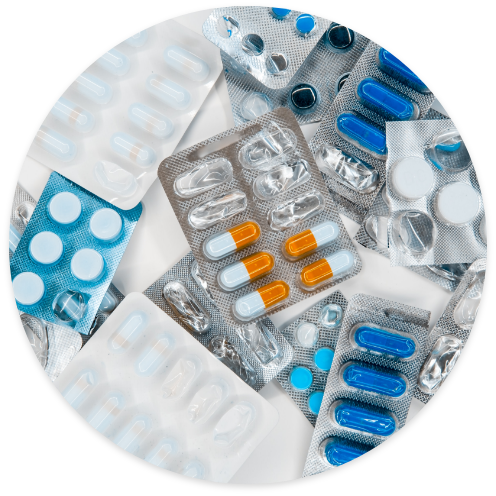
The Promise of Medicine
Cordyceps mushrooms have played a role in traditional Chinese medicine for centuries for their medicinal and health benefits. More recently, a mushroom extract fed to honey bees in field trials was shown to reduce the virus levels in honey bee colonies, and may hold the key to halting the declining honey bee population. Agarikon mushrooms have a strong immune system that possesses both anti-viral and anti-bacterial properties, and the FDA and Department of Defense have been testing and screening compounds made from them as a possible future antidote to biological agents. In his research, Paul Stamets discovered that extracted mycelium from the Fomitopsis Officinalis mushroom can protect human blood cells from orthopox viruses and smallpox. Many other varieties of mushrooms possess antiviral characteristics as well. The future role of mycelium in medicine is full of potential.
